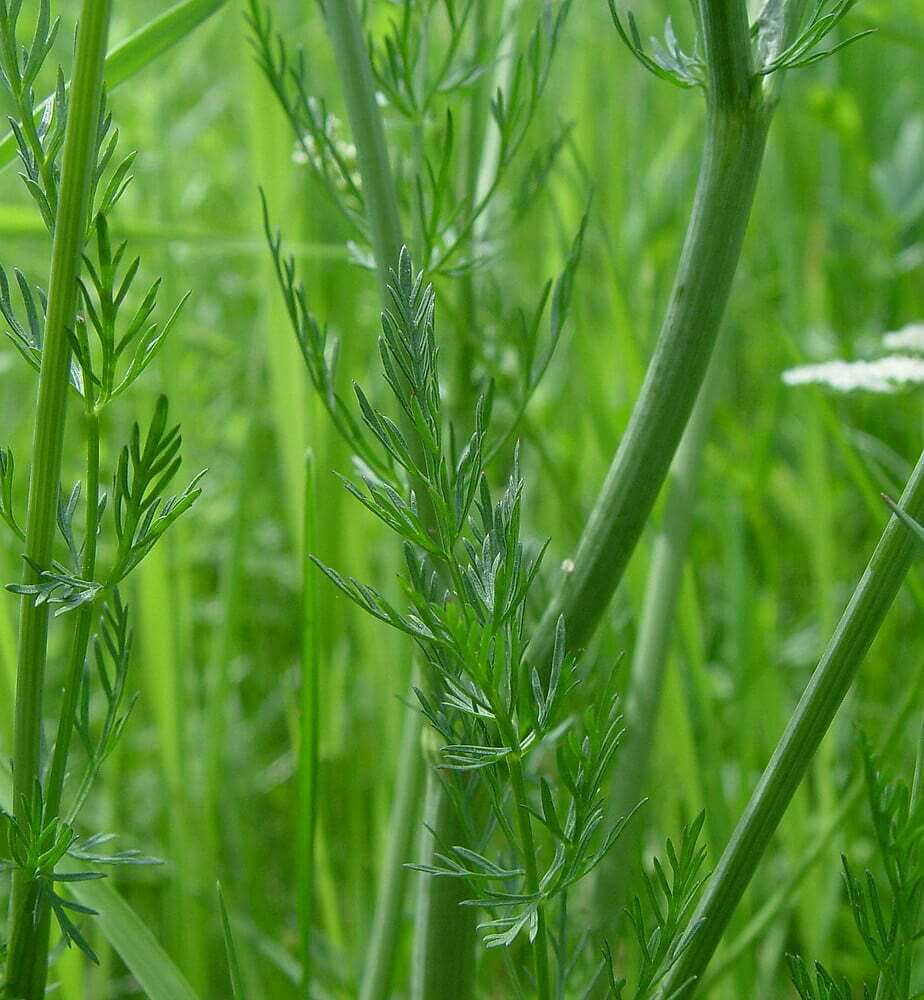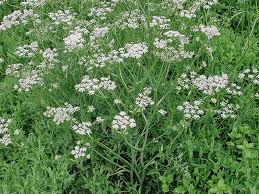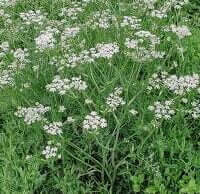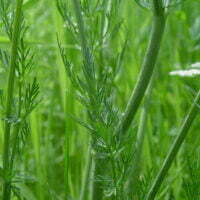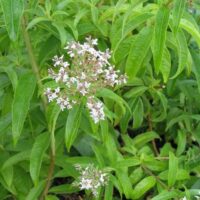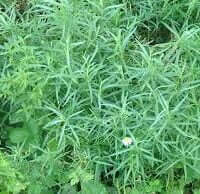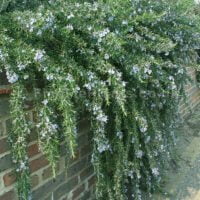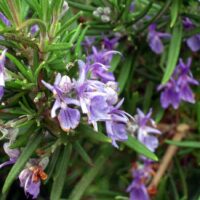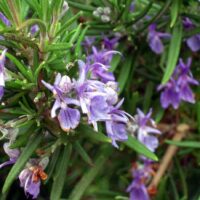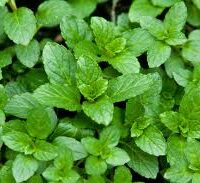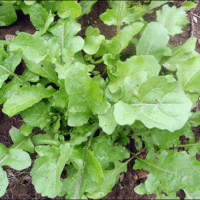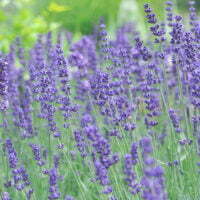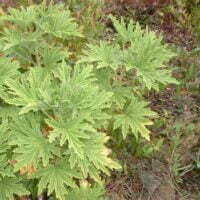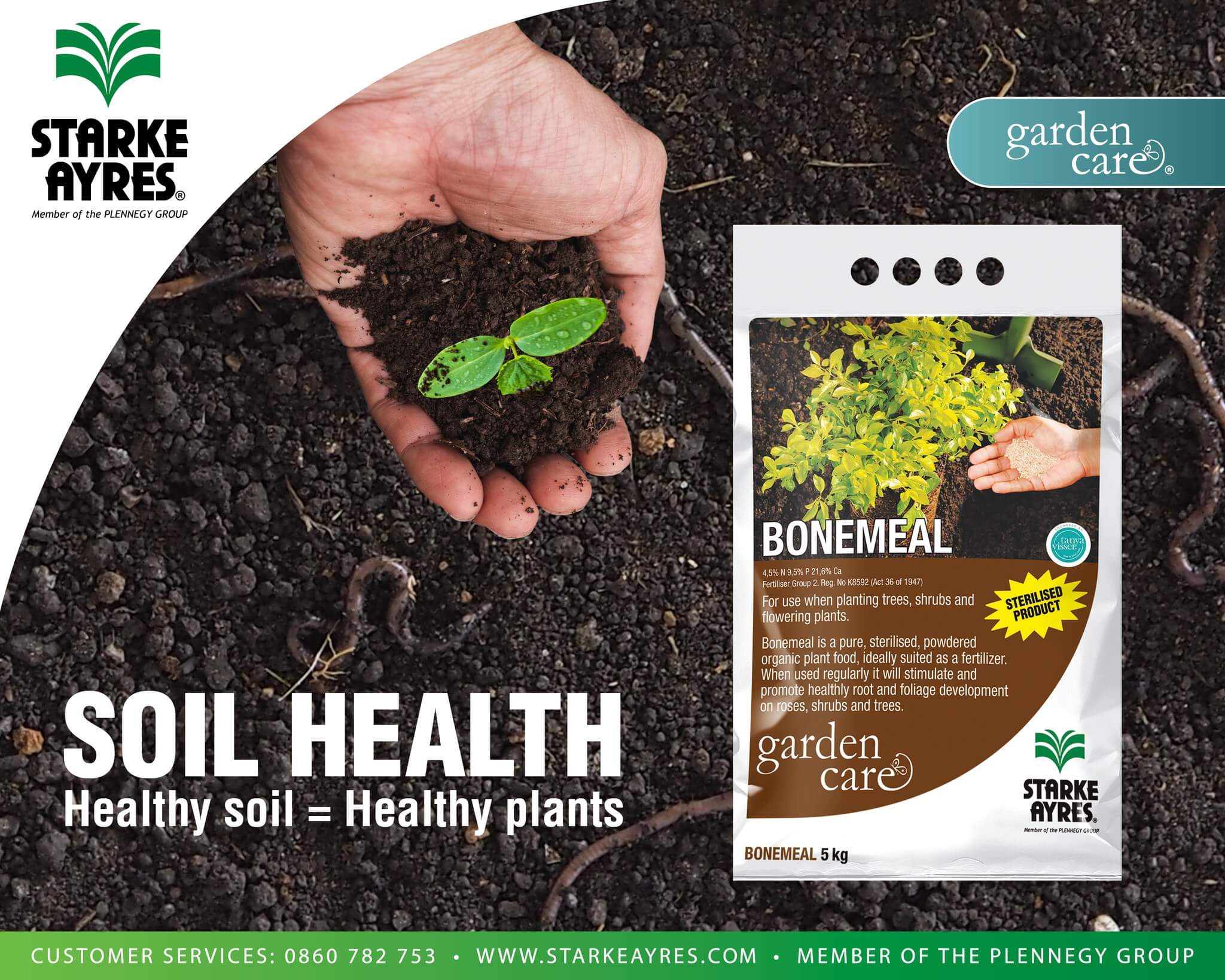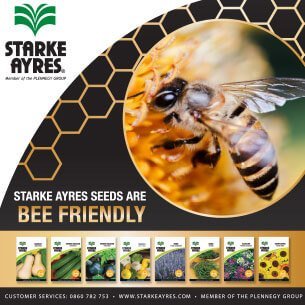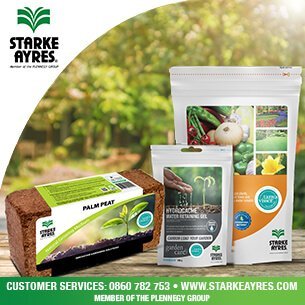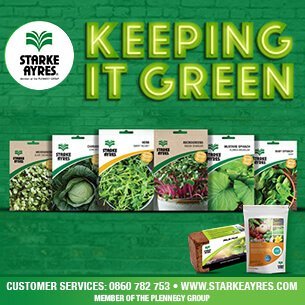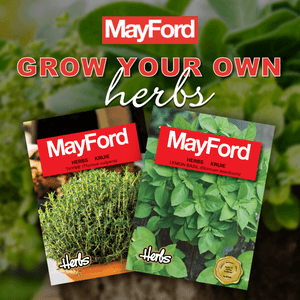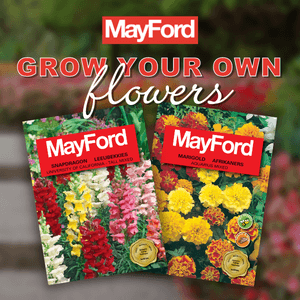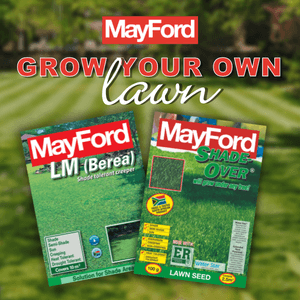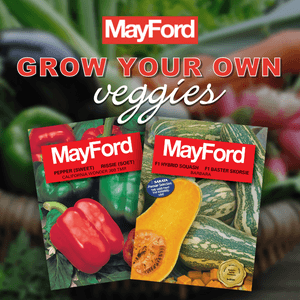| Botanical name | Carum carvi |
|---|---|
| Plant Care |  Full Sun Full Sun – Prefers 6 or more hours of sun per day.  Frost Sensitive Frost Sensitive – Will Get Damaged and Possibly Killed During Periods of Frost.  Moderate Watering Moderate Watering – Requires Regular Watering.  Pruning Required Pruning Required – Needs to be Pruned.  Non Indigenous Non Indigenous – Exotic to South Africa. |
| Size | |
| Categories | |
| Flowers | Flowers are borne in flat, white clusters. |
| Common name(s) | Caraway |
| Origin | |
| Foliage | A biennial herb with light-green, feathery, leaves. |
| Planting instructions | Sow seed directly into garden beds about 200mm apart in autumn or spring, in full sun. Cover with sand and then with a layer of compost. |
| Soil conditions | It prefers sandy, light soil. |
| Uses | The foliage is used for garnishing and the dried seeds in cooking for a liquorice-like flavour and aroma. |
| Interesting planting ideas | Caraway is an excellent companion for peas, radishes, beetroot and sweet peas, but don't plant it near fennel or dill as they hinder each other's growth. |
| Interesting info | Caraway is a biennial herb that belongs to the carrot family. |
| Propagation | Propagate by seed or cuttings. Take cuttings at any time of the year, keep cool and damp until well rooted. |
| Harvest | Plants need to grow for about six months before seeds can be harvested. |
| When to sow | |
| Seed sowing instructions | Sow seed directly into garden beds about 200mm apart in autumn or spring, in full sun. Cover with sand and then with a layer of compost. |
Carum carvi (Caraway)
- Botanical name: Carum carvi
- Common name(s): Caraway
- Categories: Herbs
Plant description:
A biennial herb with light-green, feathery, leaves and flowers borne in flat, white clusters.
Family: Apiaceae
Botanical Pronunciation: KAR-um KAR-vee
Carum carvi requirements and features
info on these icons
Moderate Maintenance
Requires moderate maintenance.
Prohibited Use Notice: No Data Scraping Allowed Except for Search Engine Indexing:
The content provided on PlantInfo.co.za is intended for personal, non-commercial use only. Unauthorized extraction, reproduction, or use of the data, including scraping, for any purpose other than search engine indexing is strictly prohibited. Violations of these terms may result in legal action. By accessing and using this website, you agree to comply with these conditions and acknowledge the legal restrictions on the use of our content.
Flowers are borne in flat, white clusters.
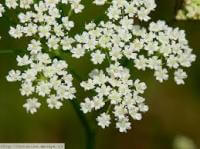
A biennial herb with light-green, feathery, leaves.
